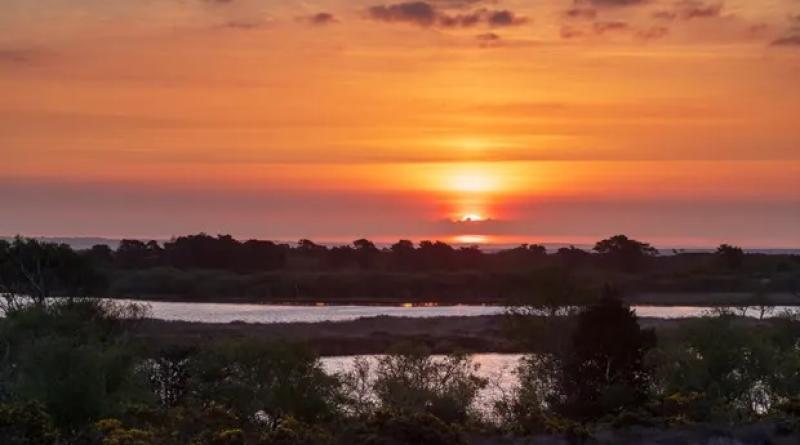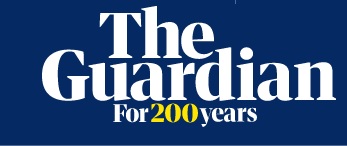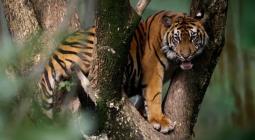Dorset ‘super reserve’ recreates ancient savannah habitat to boost biodiversity

The mighty aurochs have gone, as have the tarpan horses and the wild boars, but modern-day substitutes have been drafted in to recreate a large open “savannah” on heathland in Dorset.
Instead of aurochs, considered the wild ancestor of domestic cattle, 200 red Devon cattle are to be found roaming the Purbeck Heaths, while Exmoor ponies are stand-ins for the tarpan horses and curly coated Mangalitsa pigs are doing the sort of rooting around that boars used to excel at here.
The idea of the project is to create more of the sort of habitat where precious species such as the sand lizard, southern damselfly and heath tiger beetle can thrive.
It comes three years after the UK’s first “super national nature reserve” was created in Dorset, knitting together 3,400 hectares (8,400 acres) of priority habitat. Within the super reserve, 1,370 hectares of open “savannah” for free-ranging, grazing animals as it would have been thousands of years ago is being developed with the cattle, ponies and pigs roaming freely to graze alongside deer to help shape a more diverse landscape with richer habitats.
David Brown, the National Trust’s lead ecologist for Purbeck, said: “Over large swathes of open grassland and heath, these domestic grazers are now mimicking their wild ancestors, who would have shaped habitats in the past.
“We can’t bring back aurochs but we can use our 200 red Devon cattle to graze and behave in equivalent ways. Similarly, Exmoor ponies mimic the actions of extinct tarpan horses, and the quirky, curly coated Mangalitsa pigs are rooting around like wild boars.
We’re also discovering that by letting them get on with their own thing as much as possible, our grazing animals explore new habitats and discover different types of vegetation to eat – all of which help create a more dynamic and complex ecosystem.”
Large herbivores can play a crucial role in helping plants and less mobile insect species move around the landscape, carrying seeds and larvae on their fur and hooves, or in their dung.
By giving cattle, ponies and pigs this landscape to wander around, they are helping rare and threatened species such as Purbeck mason wasps, and heath bee-flies disperse and build stronger populations.Brown said: “Grazing in their own individual ways, these animals are slowly forming diverse, wildlife friendly habitats. Cattle are untidy eaters, leaving messy tussocks perfect for insects; pigs turn over the soil and help sand lizards burrow; and ponies nibble tightly down to the ground creating grassland lawns full of specialist flowers such as stork’s-bill and waxcap fungi.These grasslands can be really important for pollinating insects, too, including rare mining bees. It’s the perfect mix of habitats in which biodiversity can thrive, and a great landscape for people to also roam freely.”
There have been some unexpected consequences. Peter Robertson, the RSPB senior site manager, said: “What has come as a surprise is how they have created new ponds by wallowing in water-logged areas and have opened up areas of salt marsh by foraging for shellfish.”
The Purbeck Heaths super reserve, which is to be the base for BBC Two’s Springwatch from Monday, is a mosaic of lowland wet and dry heath, valley mires, acid grassland and woodland, along with coastal sand dunes, lakes and salt marsh.
Already one of the most biodiverse places in the UK, it is home to thousands of species of wildlife, including all six native reptiles – the adder, grass snake, slow worm, sand lizard, smooth snake and viviparous lizard.
cover photo:Purbeck super national nature reserve. Photograph: John Miller





